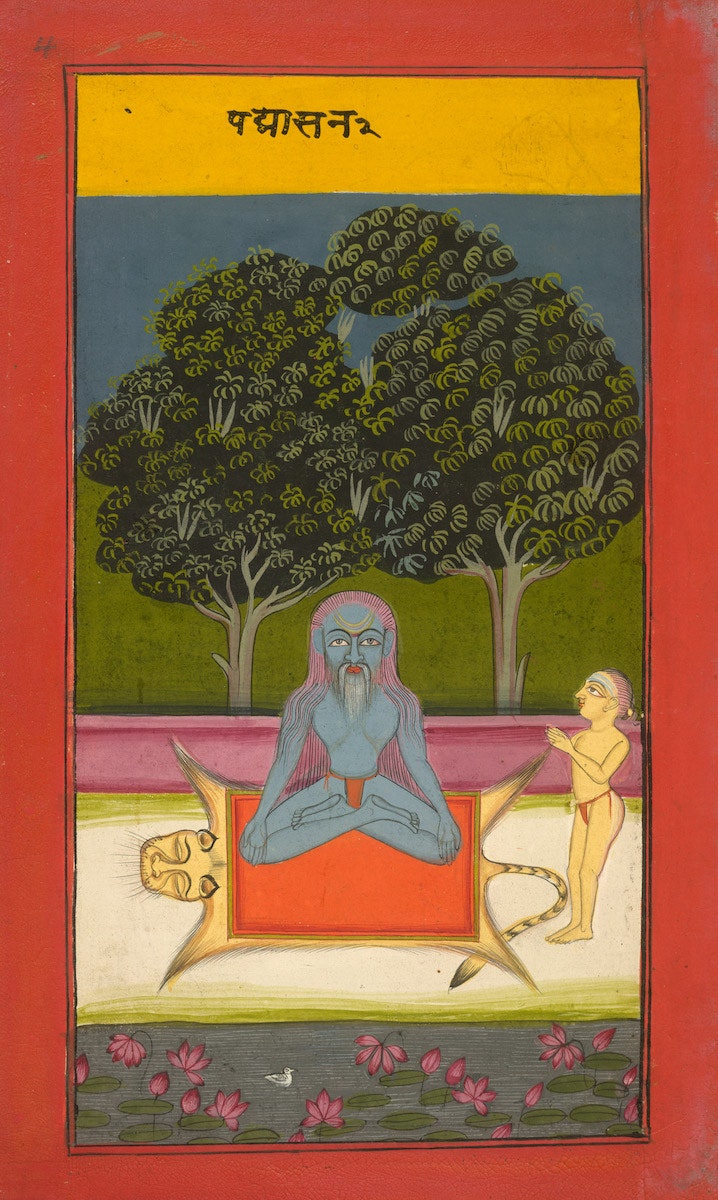Where exactly did “heavy metal” start? Like a similar question—“what is the first rock and roll song?”–there’s not so much a direct answer as a spreading of ingredients over a number of years, all of which combine to create “heavy metal,” and its numerous sub-genres that have sprung forth from it. There’s not so much a year of origin as there is a year after which one cannot claim a beginning. (Now that’s a sentence!)
If you’re confused, this quick history by Polyphonic will answer all of your questions, and hopefully turn you on to a few tracks you’ve never heard before.
So what makes a heavy metal track? Well, first you have to have some loud, heavy, distorted guitars. Polyphonic goes back to blues musicians, as so many rock guitarists continue to do, to suggest the guitar sounds of Pat Hare and Joe Hill Lewis as precursors to that sound. Next you have to have some lighting-fast fingerwork all over the frets—maybe the hyperfast riffage of surf rock legend Dick Dale will do?
That’s all fine and good. But we need to get *heavy* in this metal. And it was the Brits who took on this job. Creating a mood and experimenting with sound marked bands like the Beatles, Stones, and The Who, as they tried to out-do each other. When Paul McCartney heard that The Who had delivered the heaviest song so far in “I Can See for Miles” (which now sounds surprisingly twee compared to later Who songs), he sat down with the band and blasted out “Helter Skelter.” Take that, Pete Townshend.
The Beatles weren’t steeped in the blues, but so many other British bands were, and here’s where blues picked up the gauntlet thrown down by these heavy, droning, bass-laden sounds. While the British Invasion bands wore their Englishness on their (record) sleeves, trad- and psych-blues bands like Cream and Led Zeppelin wanted to sound American. Things got louder, crunchier, slower, and darker. They got really dark with Black Sabbath, which named themselves after the Mario Bava horror film, and brought another ingredient to the stew: dark, fantastic, Satanic imagery. Finally, Deep Purple brought the banshee screechings of Ian Gillan as a final part to the puzzle. Put it all together and what you have is heavy metal, man.
Heavy Metal has gone on to delight generations and piss off all the right people at the same time. It’s given rise to a new sub genre every year, and come out of it with a hard-earned respectability.
The above animated video from Pitchfork will get you caught up with the evolution into chart domination and back out into purist obscurity.
And for those who would rather listen to a history rather than watch one, check this out.
Polyphonic hits most of the well known signposts on the journey, but if you think an essential song is missing, let us know in the comments.
Related Content:
Ted Mills is a freelance writer on the arts who currently hosts the Notes from the Shed podcast and is the producer of KCRW’s Curious Coast. You can also follow him on Twitter at @tedmills, and/or watch his films here.










